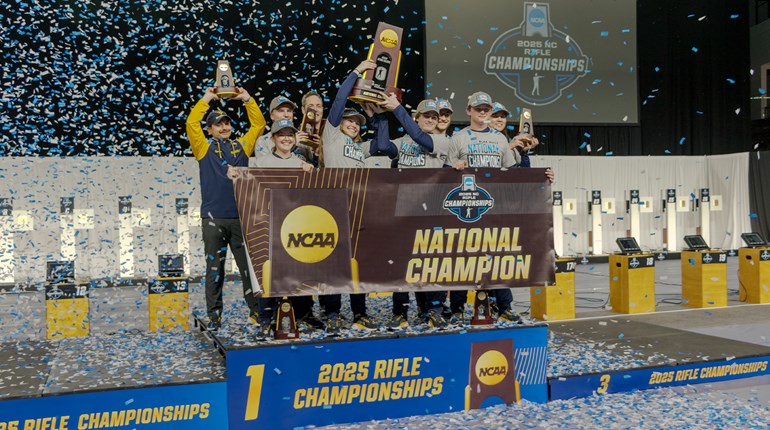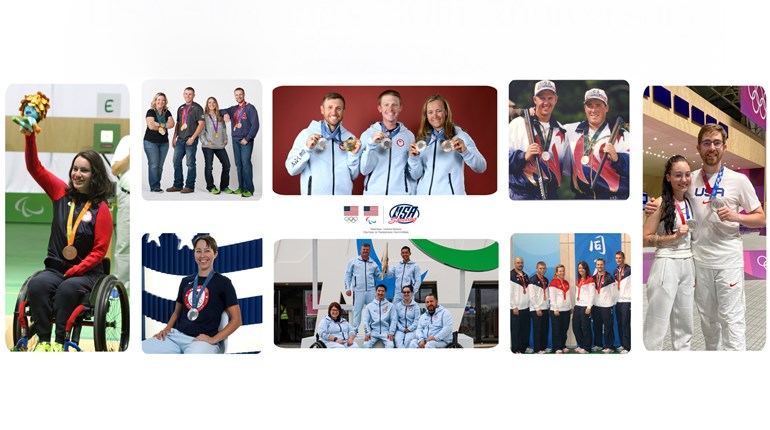
In the ultimate display of stamina and precision shooting, athletes in biathlon competitions often stretch their bodies to the limits. This the only winter sport in which the U.S. has not earned an Olympic medal―but last week in PyeongChang, Team USA came closer than ever to winning a first biathlon medal. The team’s impressive sixth place finish in the Men’s Relay 4 x 7.5 km event at the Alpensia Biathlon Center tied the best ever finish in an Olympic relay for the U.S.—which was sixth place at the 1972 Winter Olympics in Sapporo, Japan.
U.S. Biathlon Team members for this relay were Lowell Bailey, Sean Doherty, Tim Burke and Leif Nordgren. The quartet finished 3-minutes and 50.2-seconds behind the winning team, Sweden―with 14 missed shots and two penalty loops.
The wind created problems for all of the teams in this race—except for Sweden—who were able to avoid the dreaded penalty loop. For analysis, SSUSA once again asked our friend Lanny Barnes, a U.S. Olympic biathlete and talented 3-gun competitor, to provide us with her breakdown of the event.
“The Men’s Relay on Friday night was very challenging for the athletes because of the wind. What is normally a tighter race left the countries spread out more because of the tricky wind conditions, with athletes taking more shots than normal to knock all five of their targets down,” said Barnes. “In the relay, you are given three extra shots to knock your targets down, but you have to hand load each one individually, which takes a lot of time. The U.S. had a great race and better shooting results than most teams.”
Team USA’s Doherty, at age 22, had the best leg of the race. He was able to move the team up from 10th place to sixth at the second exchange with Burke―53.6-seconds off the lead and only 37-seconds from what could have been Team USA’s first Olympic biathlon medal.
“The youngest member of the team, Sean Doherty, had a great leg and moved the athletes up into sixth position,” said Barnes. “This allowed both Tim and Leif to hang on to that position.”
As for the winners, Sweden won their first-ever Olympic relay gold medal with marksmanship―they missed only seven shots out of 40, two times in the prone position and five in standing.
U.S. Biathlon made some huge strides this year, and with this kind of performance we can expect more to come from our talented athletes. You can be sure that U.S. athletes will be ready to compete in Beijing at the 2022 Winter Olympics to win a first biathlon medal.
“This was a great way to end what they considered a very frustrating games with hope of the first ever medal for the U.S. at the Olympics,” said Barnes. “This result ties the best relay finish for the men at a previous game and they will look ahead to four years from now for another opportunity to catch that elusive medal.”
Learn more about Lanny Barnes by visiting her website: www.lannybarnesproshooter.com
Lead photo of Tim Burke competing at the 2015 Biathlon World Cup in Nové Město, Czech Republic. Photo by Pavel Hrdlička

































